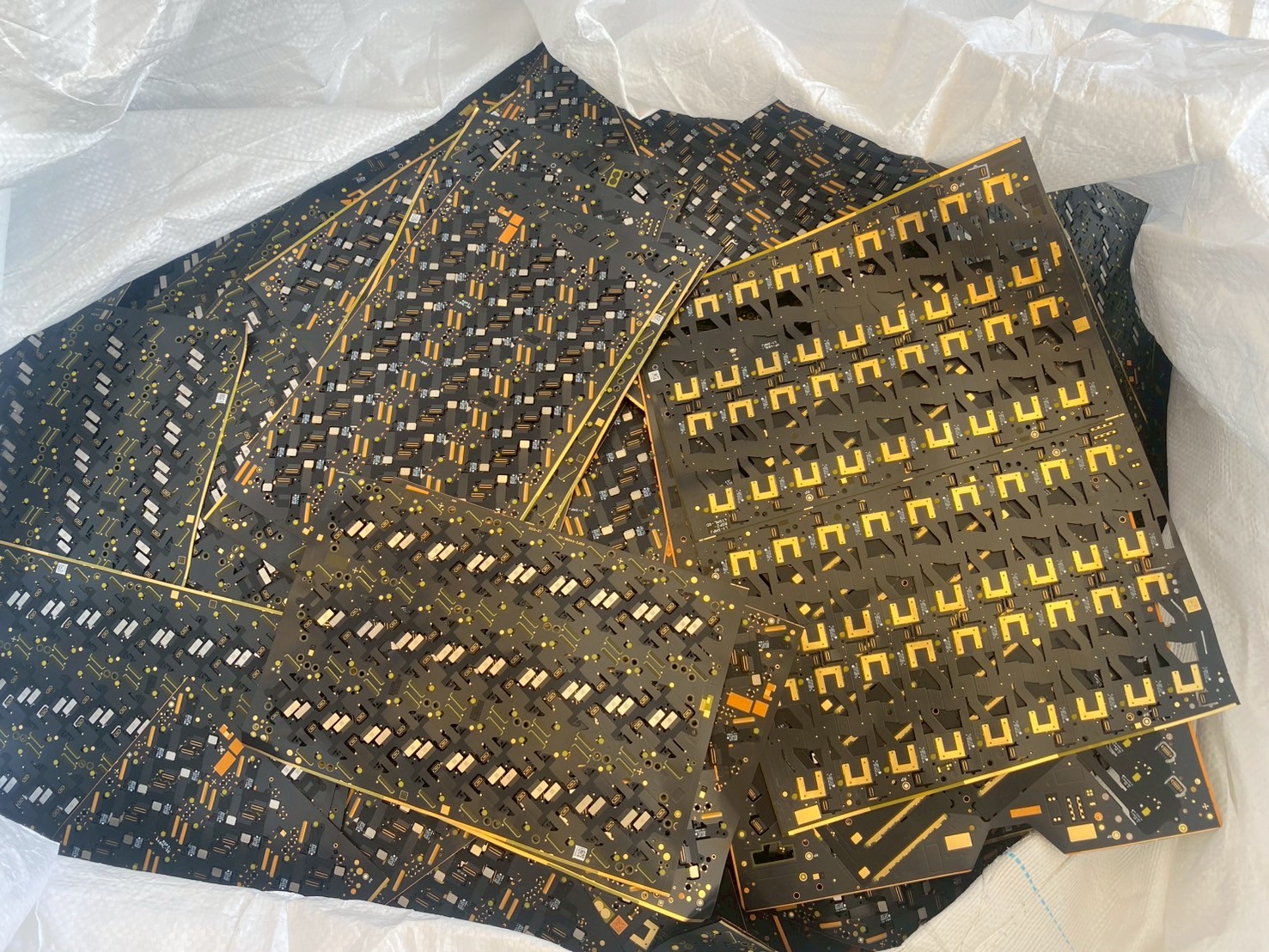Scrap inspection is a mandatory process required by the BOI and Customs Department of Thailand. This inspection ensures that scrap materials (such as PCB scrap, solder dross, rejected boards, or electronic components) are properly verified, recorded, and disposed of according to Thai regulations.
🔍 1. Purpose of BOI Scrap Inspection
The main goals are to:
- ✅ Verify actual quantity and type of scrap generated from BOI-promoted production.
- ✅ Ensure that scrap is not misused or sold as regular goods to avoid tax or duty violations.
- ✅ Support customs clearance for disposal, sale, or export of scrap materials.
- ✅ Confirm compliance with BOI and Customs requirements before scrap is released or sold locally.
🧾 2. Typical Scrap from PCB Manufacturing
In a PCB or PCBA (Printed Circuit Board Assembly) manufacturing factory, scrap commonly includes:
| Type | Description | Handling Method |
|---|---|---|
| Bare PCB Scrap | Rejected or defective printed circuit boards from fabrication. | Segregated by lot and inspected visually. |
| PCBA Scrap | Assemblies with functional or soldering defects. | Verified and labeled for rework or disposal. |
| Solder Dross / Waste Solder Paste | Generated from wave/reflow soldering machines. | Collected in sealed containers and measured. |
| Component Scrap | Rejected or damaged electronic components. | Counted, documented, and bagged for disposal. |
| Packaging Scrap | Reels, trays, or antistatic bags. | Recorded and stored for recycling or disposal. |
🧠 3. Steps in BOI Scrap Inspection
The inspection process is typically conducted by an approved third-party inspection agency i.e. Advantage Co., Ltd (www.advantage.co.th)

